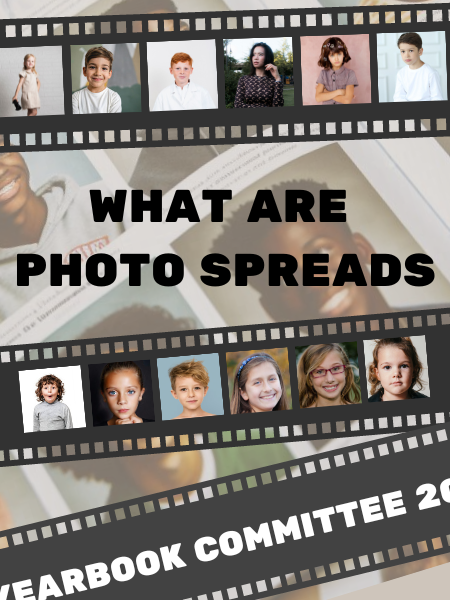Your Yearbook Photography : Composition
Composing an image means arranging elements in a frame that captures your subject and communicates your idea. There are six main components to consider, and when done right, it won’t necessarily matter what type of camera you’re using.

- Center of Interest is the main focal point of the photo. Always, always have a center of interest. It will guide the viewer’s eye through the frame, directly to your subject.
- Rule of Thirds — good photographers split their frames into thirds both vertically and horizontally, making nine parts. The center of interest should be placed at any of the 4 “hot spots” or where those grid lines intersect to produce the most appealing photo.
- Framing is when the photographer looks for ways to give the photo dimension through objects in the foreground or background. Think: doors, windows or trees.
- Leading lines draw the viewer’s’ eye to the center of interest. This can be done through linear patterns or object angles.
- Patterns/repetition can create visually interesting photography, especially when the pattern is somehow broken up. That disruptive subject draws readers in and makes them take a closer look.
- Varying camera angles is very important in taking high quality photos. As the photographer, more often than not, you’ll have to climb high, get low or be uncomfortable to get the best shot, and it’s always worth the extra work.
Beginning this type of training now is a good way to guarantee beautiful photography in next year’s book.
Source: Yearbook Discoveries


